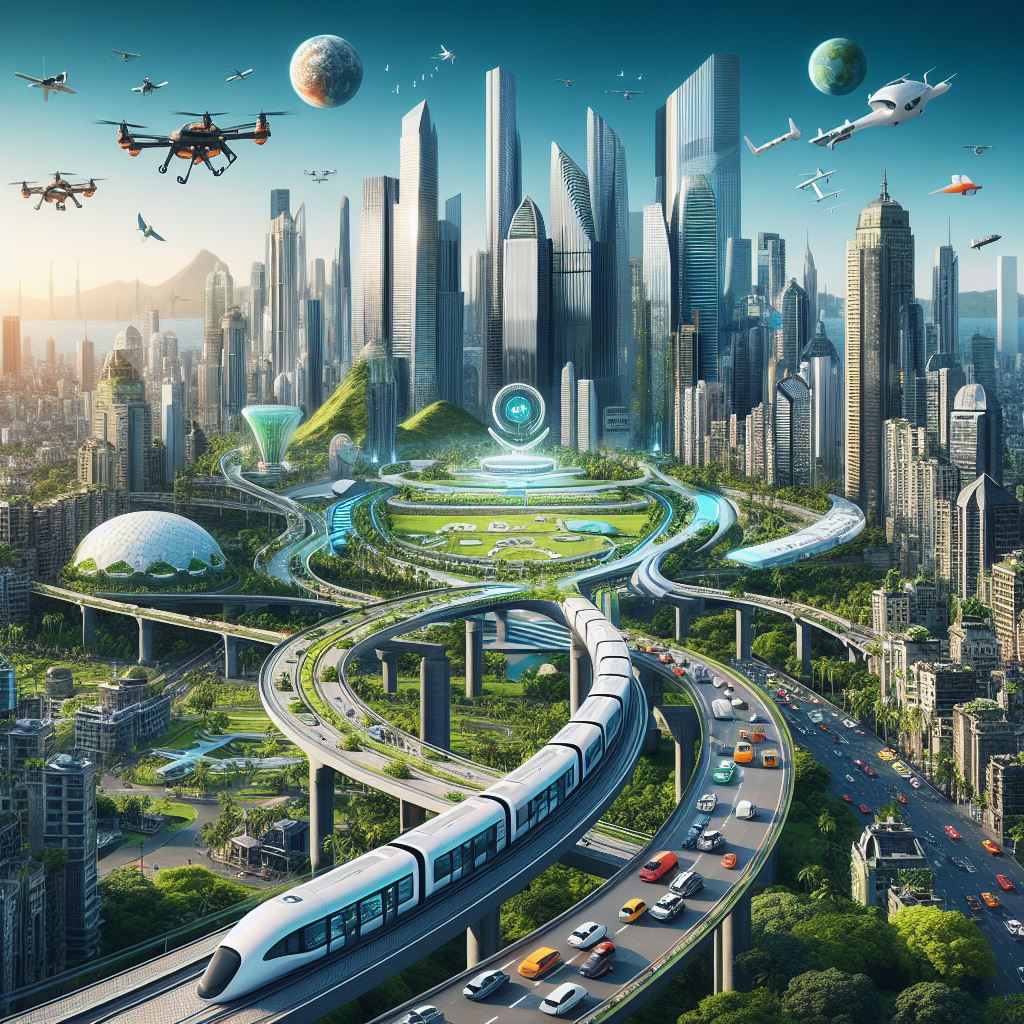I can help you create how to become a full stack developer. Here is a sample syllabus, lesson plan, and slideshow for the first module of the course.
# Syllabus
## Course Overview
This course will teach you the skills and knowledge required to build web applications using both front-end and back-end technologies. You will learn how to use HTML, CSS, JavaScript, React, Node.js, Express, MongoDB, and other tools to create dynamic and interactive websites that can store and manipulate data. By the end of this course, you will be able to design, develop, and deploy your own full stack web applications.
## Course Objectives
By the end of this course, you will be able to:
- Understand the basic concepts and principles of web development
- Use HTML, CSS, and JavaScript to create responsive and user-friendly web pages
- Use React to create reusable and interactive user interface components
- Use Node.js and Express to create and manage web servers and APIs
- Use MongoDB to store and retrieve data from a database
- Use Git and GitHub to manage and collaborate on your code
- Use Heroku to deploy and host your web applications
## Course Modules
The course is divided into four modules, each consisting of several lessons and assignments. The modules are:
- Module 1: Introduction to Web Development
- Module 2: Front-End Development with HTML, CSS, and JavaScript
- Module 3: Front-End Development with React
- Module 4: Back-End Development with Node.js, Express, and MongoDB
## Course Requirements
To enroll in this course, you should have:
- A basic understanding of programming concepts and logic
- A personal computer with a stable internet connection
- A code editor of your choice (such as Visual Studio Code, Atom, or Sublime Text)
- A web browser of your choice (such as Chrome, Firefox, or Safari)
- A GitHub account
- A Heroku account
## Course Evaluation
Your performance in this course will be evaluated based on the following criteria:
- Attendance and participation: 10%
- Assignments: 40%
- Quizzes: 20%
- Final project: 30%
# Lesson Plan
## Module 1: Introduction to Web Development
### Lesson 1: What is Web Development?
#### Learning Outcomes
By the end of this lesson, you will be able to:
- Define web development and its components
- Explain the difference between front-end and back-end development
- Describe the role of web developers and the skills they need
- Identify the common tools and technologies used in web development
#### Lesson Outline
- Introduction: Welcome the students and introduce the course objectives and expectations
- Lecture: Explain the basics of web development, such as:
- What is a web application and how does it work?
- What is the difference between static and dynamic web pages?
- What is the difference between front-end and back-end development?
- What are the common languages, frameworks, and libraries used in web development?
- What are the common tools and platforms used in web development?
- Activity: Ask the students to visit some of their favorite websites and identify the front-end and back-end technologies used in them
- Discussion: Ask the students to share their findings and observations with the class
- Summary: Review the main points of the lesson and answer any questions
- Assignment: Ask the students to write a short essay on why they want to learn web development and what are their goals and expectations
#### Lesson Duration
- 60 minutes
#### Lesson Resources
- Slideshow: [Introduction to Web Development](#slideshow)
- Video: [What is Web Development?](https://www.youtube.com/watch?v=O9hTQD_Ssxo)
- Article: [Web Development 101: A Guide for Beginners](https://www.codecademy.com/articles/what-is-web-development)
# Slideshow
## Introduction to Web Development
### What is Web Development?
- Web development is the process of creating web applications that run on the internet
- Web applications are software programs that use web browsers and web servers to communicate and exchange data
- Web applications can be anything from simple web pages to complex online services, such as social media, e-commerce, gaming, etc.
### How Does a Web Application Work?
- A web application consists of two main components: the front-end and the back-end
- The front-end is the part of the web application that the user sees and interacts with in the browser
- The back-end is the part of the web application that handles the logic, data, and functionality behind the scenes
- The front-end and the back-end communicate with each other using HTTP requests and responses

### What is the Difference Between Static and Dynamic Web Pages?
- Static web pages are web pages that do not change or update based on user input or data
- Static web pages are usually written in HTML, CSS, and JavaScript
- Static web pages are easy to create and host, but have limited functionality and interactivity
- Dynamic web pages are web pages that change or update based on user input or data
- Dynamic web pages are usually written in HTML, CSS, JavaScript, and a server-side language (such as PHP, Ruby, Python, etc.)
- Dynamic web pages are more complex and require a web server and a database, but have more functionality and interactivity
### What is the Difference Between Front-End and Back-End Development?
- Front-end development is the process of creating the user interface of a web application using HTML, CSS, and JavaScript
- Front-end developers are responsible for designing and developing the layout, appearance, and behavior of web pages
- Front-end developers need to have a good sense of design, usability, and accessibility
- Back-end development is the process of creating the server-side logic and functionality of a web application using a server-side language (such as PHP, Ruby, Python, etc.) and a database (such as MySQL, MongoDB, etc.)
- Back-end developers are responsible for managing and manipulating data, implementing security and authentication, and integrating APIs and other services
- Back-end developers need to have a good understanding of data structures, algorithms, and web protocols
### What are the Common Languages, Frameworks, and Libraries Used in Web Development?
- HTML (HyperText Markup Language) is the standard language for creating the structure and content of web pages
- CSS (Cascading Style Sheets) is the language for styling and formatting web pages
- JavaScript is the language for adding interactivity and functionality to web pages
- React is a JavaScript library for creating user interface components
- Node.js is a JavaScript runtime environment that allows JavaScript to run on the server
- Express is a Node.js framework for creating web servers and APIs
- MongoDB is a NoSQL database that stores data in JSON-like documents
### What are the Common Tools and Platforms Used in Web Development?
- Code editor: A software application that allows developers to write and edit code, such as Visual Studio Code, Atom, or Sublime Text
- Web browser: A software application that allows users to access and view web pages, such as Chrome, Firefox, or Safari
- Web server: A software application that handles HTTP requests and responses, such as Apache, Nginx, or IIS
- Database: A software application that stores and retrieves data, such as MySQL, MongoDB, or PostgreSQL
- Git: A version control system that allows developers to track and manage changes to their code, such as Git or GitHub
- Heroku: A cloud platform that allows developers to deploy and host their web applications, such as Heroku or AWS
### Activity: Identify the Front-End and Back-End Technologies Used in Your Favorite Websites
- Visit some of your favorite websites and use the developer tools in your browser to inspect the source code and network activity
- Try to identify the front-end and back-end technologies used in each website, such as the languages, frameworks, libraries, servers, databases, etc.
- Write down your findings and observations
### Discussion: Share Your Findings and Observations with the Class
- What are some of the common front-end and back-end technologies that you found in your favorite websites?
- What are some of the advantages and disadvantages of using different technologies for web development?
- What are some of the challenges and opportunities that web developers face in the current web environment?
### Summary: Review the Main Points of the Lesson and Answer Any Questions
- Web development is the process of creating web applications that run on the internet
- Web applications consist of two main components: the front-end and the back-end
- The front-end is the part of the web application that the user sees and interacts with in the browser
- The back-end is the part of the web application that handles the logic, data, and functionality behind the scenes
- The front-end and the back-end communicate with each other using HTTP requests and responses
- Web pages can be static or dynamic, depending on whether they change or update based on user input or data
- Web development requires the use of various languages, frameworks, libraries, tools, and platforms
### Assignment: Write a Short Essay on Why You Want to Learn Web Development and What are Your Goals and Expectations
- Write a short essay (about 300 words) on why you want to learn web development and what are your goals and expectations for this course
- Use clear and concise language and grammar
- Submit your essay to the instructor by the next lesson






















